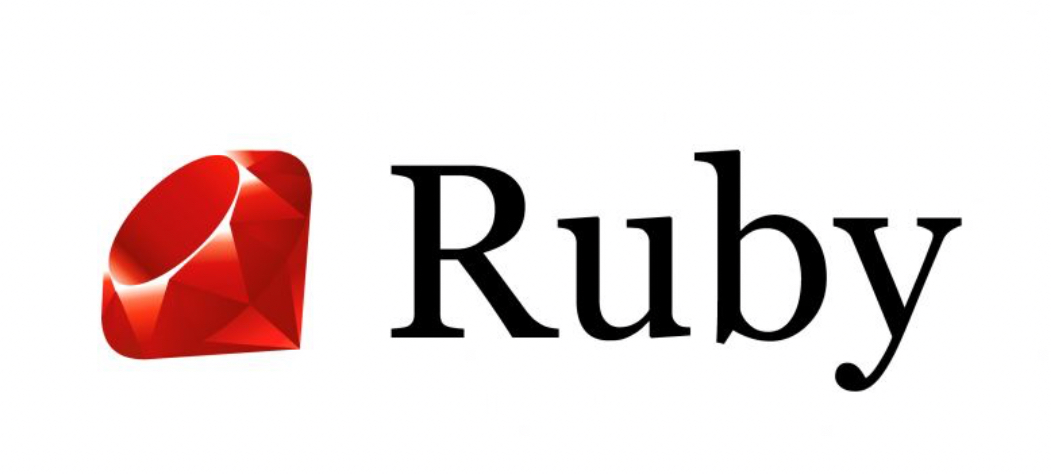In the realm of Object-Oriented Programming (OOP), classes serve as the foundational framework, enabling the definition of blueprints for object creation. These blueprints specify common attributes and behaviors of objects, facilitating the creation of distinct yet related instances.
Defining a Ruby Class
To define a class in Ruby, utilize the class keyword, followed by a capitalized class name and the end keyword to encapsulate the class’s body:
| class Bookend |
While an empty class may seem rudimentary, it establishes a template from which objects can be instantiated.
Instantiating Class Objects
Classes primarily function as templates for creating objects, encapsulating methods, instance variables, and constants. Objects are instantiated using the new method:
| book_instance = Book.new |
This process, known as instantiation, results in an “instance” of the class, embodying a unique entity with its own identity.
Enhancing Classes with Methods and Variables
The utility of classes is significantly amplified by incorporating instance methods and variables, defining the actions objects can perform and the information they hold:
| class Orange def initialize @juice_available = 100 end def squeeze @juice_available -= 50 puts “Juice reduced, now: #{@juice_available}” endend |
Instance methods dictate the capabilities of class objects, while instance variables store object-specific data, accessible only within the class unless exposed through an accessor method.
Identifying an Object’s Class
Determining an object’s class in Ruby reveals its blueprint and the methods it supports, offering insights into its potential actions:
| orange = Orange.newputs orange.class# Output: Orange |
This knowledge facilitates the effective utilization of objects by understanding their properties and capabilities.
Further Learning and Resources
Exploring classes further unveils advanced concepts such as the initialize method, accessors (attr_accessor, attr_reader, attr_writer), inheritance, and the profound insight that classes in
Ruby are objects themselves.
- Ruby initialize method;
- Accessors: attr_accessor, attr_reader, attr_writer;
- Inheritance in OOP.
Comparative Table
| Concept | Description | Application |
|---|---|---|
| Class Definition | Establishes a blueprint for objects | Template for creating objects with common properties |
| Object Instantiation | Process of creating an instance from a class | Generating unique entities from a class template |
| Instance Methods | Actions that objects of a class can perform | Defining behaviors accessible to class instances |
| Instance Variables | Data unique to each instance of a class | Storing object-specific information within a class |
| Class Identification | Determining the class from which an object is instantiated | Understanding an object’s capabilities and lineage |
Video Guide
To answer all your questions, we have prepared a video for you. Enjoy watching it!
Summary
This guide has illuminated the process of defining and utilizing classes in Ruby, underscoring their pivotal role in Object-Oriented Programming. By mastering custom class creation, developers can craft reusable object blueprints, laying the foundation for sophisticated, modular Ruby applications.


